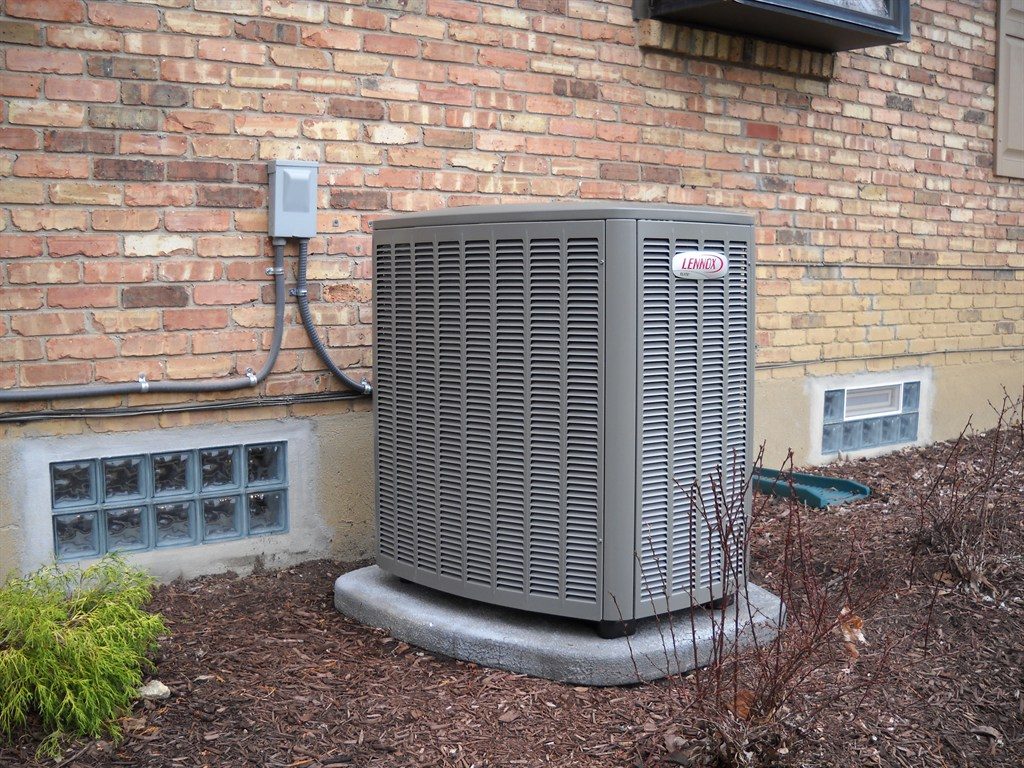Cooling 101 - How Central Air Conditioning Units WorkPosted by Seegmiller on April 2nd, 2021
Can you think of life without air conditioning? Sweltering heat waves that can melt the rubber on your shoes, cook an egg on the dashboard of your car, and make it almost difficult to have an excellent night's rest-- sounds unpleasant! Let's face it, life without A/C wouldn't be the exact same. Did you understand, that prior to the 20th century, ice was actually harvested for refrigeration? It was cut into 1-ton blocks, provided throughout the nation and utilized in 'ice-boxes' to keep food fresh. Fortunately today, refrigeration has actually been dramatically enhanced given that its introduction in 1834. By understanding how your house's A/C system works, you'll be able to make it run much better and longer, and if it must break throughout the pet days of summer season, more positive finding a replacement. What is Central Air? Considering that the 1960s, central air systems have been the most common design of cooling in America. Finest identified by the condenser system outdoors and ducts carrying cool air throughout the house, a central air conditioning is in some cases described as a "split-system" due to the fact that the indoor and outside elements are separated. How It Functions Comparable to how a sponge soaks up water, central air conditioning conditioners take in the heat from inside the home and eject it outside through a procedure called "the refrigeration cycle." It's easy to comprehend how an air conditioning unit works when you see how the parts operate together. Parts of a Cooling System Split into two parts; a system will include an outdoor condenser system (below) and a coil housed on top of the heater or inside air handler. The outdoor condenser, which does many of the work, runs in tandem with the air handler/furnace that distributes the conditioned air into spaces of your home. The Refrigeration Cycle The cooling procedure heating and cooling edmonton starts when the thermostat detects the interior temperature has risen above the setpoint. It indicates the control panel in the air handler and goes into action. 1) The internal blower draws in the hot, wet indoor air from the return ducts into the air handler/furnace cabinet to be conditioned. 2) Filthy air getting in the cabinet initially goes through an air filter that traps dirt and debris. 3) The clean air then passes through the evaporator coil. Using metal fins to increase its area, the evaporator coil extracts heat and wetness from the warm air as the air passes through it. The clean, cool air is circulated throughout the house. 4) A set of copper tubes including refrigerant, called a Line Set, connect the indoor coil with the outside condenser. 5) The condenser dissipates the heat trapped inside the line coming from the evaporator coil by biking it through its coils where a fan at the top pushes air to speed up the process. The refrigerant is then compressed and travels back to the indoor evaporator coil, where the cooling procedure continues. HEATING AND COOLING Cheat Sheet It's a great concept to familiarize yourself with the technical language used by HVAC experts to understand your system when it pertains to making repair work or purchasing a new system. HVAC - Stands for heating, ventilation, and air conditioning. This acronym is utilized to classify all devices used to manage air temperature level, humidity, and air quality. Split-System - In referral to parts of the system running both inside and outdoors. In a split system, the condensing unit is discovered outside. BTU - British Thermal Units - a measurement of just how much heat energy can be eliminated from the air in an hour. Ton - A measurement that describes the cooling capability your unit can offer under typical conditions. 1 Ton amounts to roughly 12,000 BTU's. Loads are frequently utilized when sizing an unit for your home, which can be identified based upon the square video footage required to be cooled or heated up. Unequaled Proficiency Conveniently, the heating system, a/c, and electrical systems all work instantly, without us needing to fumble around in the basement or worse, a hot attic. Till something fails. Understanding your air conditioning system might appear overwhelming initially, once you have the basics down, you'll have the ability to understand not just how your system works, but also analyze lingo to make purchasing a replacement simple. Like it? Share it! |



